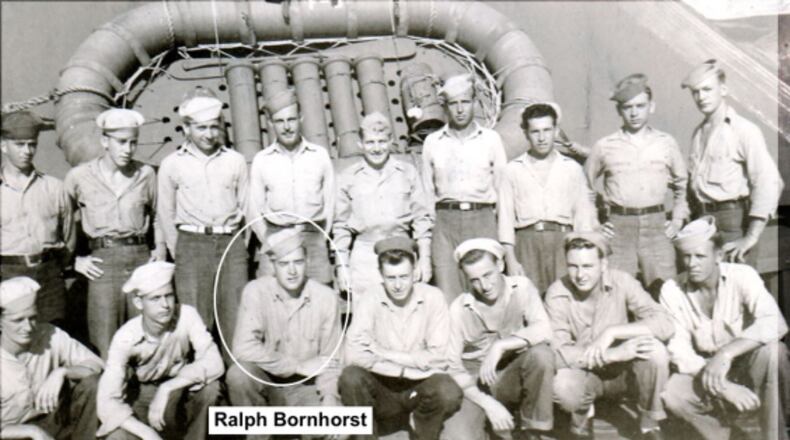Know a local veteran? We want to hear their story https://t.co/Ri2sYEtRzD @WHIORadio @DaytonDailyNews @WHIOTV
— Kara Driscoll (@KaraDDriscoll) January 29, 2019
The U.S. Marines’ assault on Iwo Jima, beginning on Feb. 19, 1945, gained an important base for American air power. The island was secured in March 1945.
In Japanese hands, it was an obstacle to strategic bombing and interfered with rescuing downed American aircrews at sea. With Iwo Jima’s airstrips in U.S. hands, B-29 Superfortress bombers gained an emergency landing base, and P-51 Mustang fighters from Iwo Jima could join bombers to protect them over Japan, Landry said.
t’s believed that all but 200 or so of the 21,000 Japanese forces on the island were killed, as were almost 7,000 Marines with another 19,000 wounded.
Read the story of a local Navy veteran who witnessed the raising of the American Flag at Iwo Jima.
About the Author
